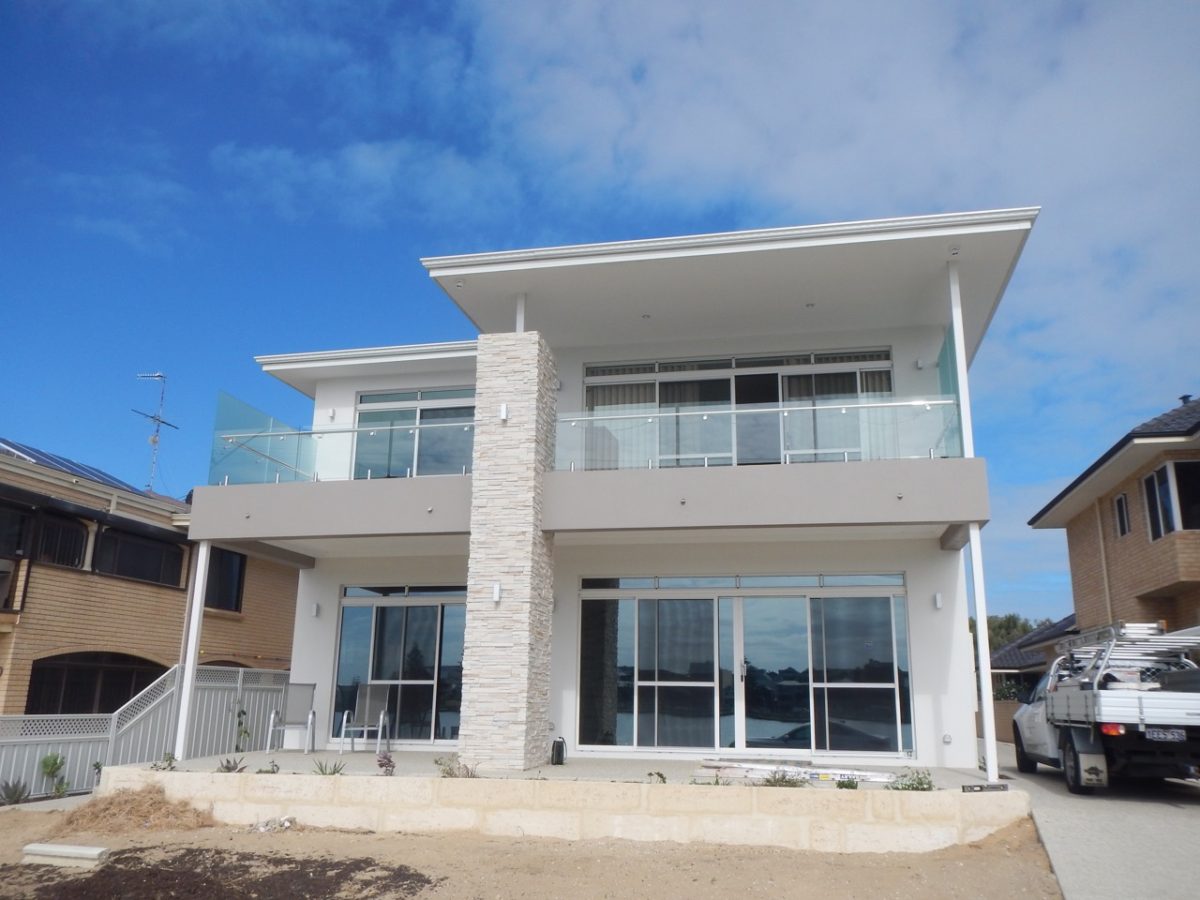Some Of Our Report Definitions Are Listed Below
Report definitions. Require help with a building inspection definition?
Conditions Conducive to Structural Damage means noticeable building deficiencies or environmental factors that may contribute to the occurrence of Structural Damage.
Building Consultant means Master Building Inspectors Pty Limited represented by a person, who is qualified and experienced to undertake a pre-purchase inspection in accordance with Australian Standard AS 4349.1-2007.
Building & Site means the inspection of the Property together with relevant features including any car accommodation, detached laundry, ablution facilities and garden sheds, retaining walls more than 700 mm high, paths and driveways, steps, fencing, earth, embankments, surface water drainage and storm water run-off within 30 m of the building, but within the Property boundaries.
In the case of strata and company title properties, the inspection is limited to the interior and immediate exterior of the nominated residence and does not include inspection of common property.
Finishing Elements means the fixtures, fittings and finishes applied or affixed to Primary Elements and Secondary Elements such as baths, water closets, vanity basins, kitchen cupboards, door furniture, window hardware, render, floor and wall tiles, trim or paint. The term ‘Finishing Elements’ does not include furniture or soft floor coverings such as carpet and lino.
Major Defect means a defect of significant magnitude where rectification has to be carried out in order to avoid unsafe conditions, loss of utility or further deterioration of the property.
Minor Defect means a defect other than a Major Defect.
Primary Elements means those parts of the Property providing the basic load bearing capacity to the Structure, such as foundations, footings, floor framing, load bearing walls, beams or columns. The term ‘Primary Elements’ also includes other structural building elements including: those that provide a level of personal protection such as handrails; floor-to-floor access such as stairways; and the structural flooring of the building such as floorboards.
Readily Accessible Areas means areas which can be easily and safely inspected without injury to person or property, are up to 3.6 metres above ground or floor levels, in roof spaces where the minimum area of accessibility is not less than 600 mm high by 600 mm wide and subfloor spaces where the minimum area of accessibility is not less than 400 mm high by 600 mm wide, providing the spaces or areas permit entry. Or where these clearances are not available, areas within the Building Consultant’s unobstructed line of sight and within arm’s length.
Secondary Elements means those parts of the building not providing load bearing capacity to the Structure, or those non-essential elements which, in the main, perform a completion role around openings in Primary Elements and the building in general such as non-load bearing walls, partitions, wall linings, ceilings, chimneys, flashings, windows, glazing or doors.
Serious Safety Hazard means any item that may constitute an immediate or imminent risk to life, health or property. Occupational, health and safety or any other consequence of these hazards has not been assessed.
Structure means the load bearing part of the Property, comprising the Primary Elements.
Structural Damage means a significant impairment to the integrity of the whole or part of the Structure falling into one or more of the following categories:
- (a) Structural Cracking and Movement – major (full depth) cracking forming in Primary Elements resulting from differential movement between or within the elements of construction, such as foundations, footings, floors, walls and roofs;
- (b) Deformation – an abnormal change of shape of Primary Elements resulting from the application of load(s);
- (c) Dampness – the presence of moisture within the building, which is causing consequential damage to Primary Elements; or
- (d) Structural Timber Pest Damage – structural failure, i.e. an obvious weak spot, deformation or even collapse of timber Primary Elements resulting from attack by one or more of the following wood destroying agents: chemical delignification; fungal decay; wood borers; and termites.
Tests means where appropriate the carrying out of tests using the following procedures and instruments:
- (a) Dampness Tests means additional attention to the visual examination was given to those accessible areas which the Building Consultant’s experience has shown to be particularly susceptible to damp problems. Instrument testing using electronic moisture detecting meter of those areas and other visible accessible elements of construction showing evidence of dampness was performed; and/or
- (b) Physical Tests means the following physical actions undertaken by the Building Consultant: opening and shutting of doors, windows and drawers; operation of taps; water testing of shower recesses; and the tapping of tiles and wall plaster.
These report definitions contain reference to material that is the copyright of Standards Australia.


